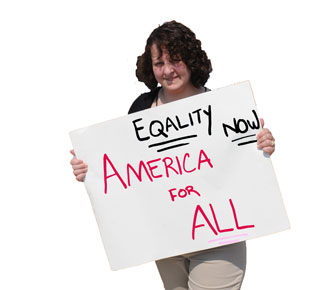While people with disabilities are disproportionately more likely to be insured, there are plenty of people with disabilities without health coverage who will be finding out about new coverage available to them as Health Benefit Exchanges, or “Marketplaces” as the federally facilitated exchanges will be called, are established this year. Consumers will be able  to shop for insurance beginning October 1 online, by phone, or with the personal assistance of trained helpers called navigators. An individual buying insurance will qualify for a subsidy if their household income is between 100 percent and 400 percent of the federal poverty level. The subsidy will be a new kind of tax credit that you can use right away to lower premium costs. For example, a person with an income at 200% of poverty, or about $23,000 a year, will pay $120 per month for coverage and will get subsidies to pay for out of pocket costs.
to shop for insurance beginning October 1 online, by phone, or with the personal assistance of trained helpers called navigators. An individual buying insurance will qualify for a subsidy if their household income is between 100 percent and 400 percent of the federal poverty level. The subsidy will be a new kind of tax credit that you can use right away to lower premium costs. For example, a person with an income at 200% of poverty, or about $23,000 a year, will pay $120 per month for coverage and will get subsidies to pay for out of pocket costs.
More than half of all states will also be expanding their Medicaid to people with incomes up to 138% of the federal poverty level ($15,586 a year for a single person). According to the American Community survey, 13.5% of community residents with family incomes under 138% of the Federal Poverty Level have disabilities. There are millions of people with disabilities, who may not have disability determinations, who will benefit from this expansion. Keep an eye on what is happening in your state so that you can promote it to the people you serve and the public. Ninety percent of people who will become eligible for help with health coverage don’t know about this yet.

